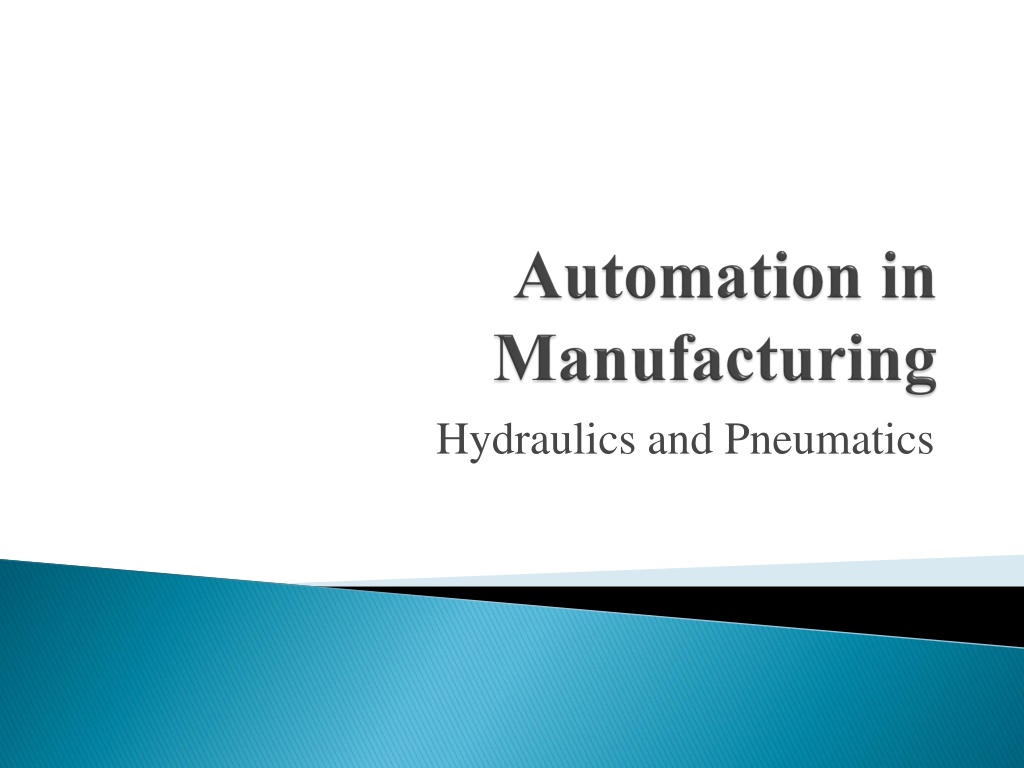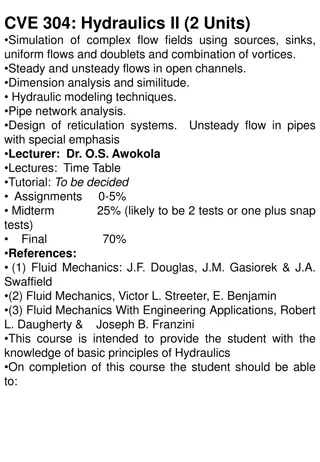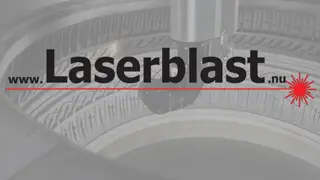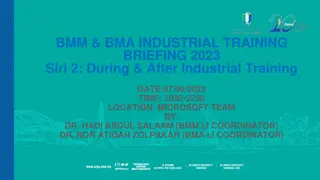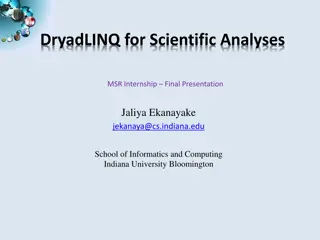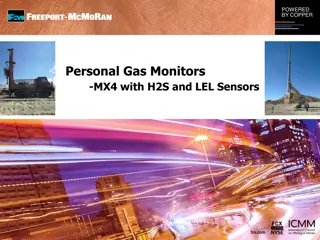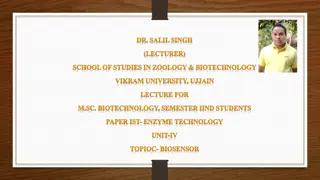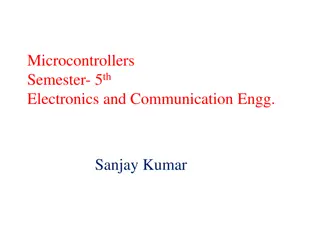Understanding Hydraulics and Pneumatics in Industrial Applications
This chapter explores the structure, advantages, and disadvantages of hydraulic and pneumatic systems utilized in industries for power transmission. Fluid power technology involving liquids or gases confined in systems like hydraulic (using liquid petroleum oils) and pneumatic (using compressed air) systems is discussed. The applications in stationary and mobile hydraulics, including in production, automotive, construction, and agricultural sectors, showcase the wide-ranging uses of hydraulics and pneumatics in modern industries.
Download Presentation
Please find below an Image/Link to download the presentation.
The content on the website is provided AS IS for your information and personal use only. It may not be sold, licensed, or shared on other websites without obtaining consent from the author. Download presentation by click this link. If you encounter any issues during the download, it is possible that the publisher has removed the file from their server.
Presentation Transcript
In the industry we use three methods for transmitting power from one point to another. Mechanical transmission is through shafts, gears, chains, belts, etc. Electrical transmission transformers, etc. Fluid power is through liquids or gas in a confined space. In this chapter, we shall discuss a structure of hydraulic systems and pneumatic systems and their advantages and disadvantages and compare hydraulic, pneumatic, electrical and mechanical systems. is through wires,
Fluid power is the technology that deals with the generation, control and transmission of forces and movement of mechanical element or system with the use of pressurized fluids in a confined system. Both liquids and gases are considered fluids. Fluid power system includes a hydraulic system (hydra meaning water in Greek) and a pneumatic system (pneuma meaning air in Greek). Oil hydraulic employs pressurized liquid petroleum oils and synthetic oils, and pneumatic employs compressed air that is released to the atmosphere after performing the work.
Fluid power applications can be classified into two major segments: Stationary: Stationary hydraulic systems remain firmly fixed in one position. The characteristic feature of stationary hydraulics is that valves are mainly solenoid operated. The applications of stationary hydraulics are as follows: Production and assembly of vehicles of all types. Machine tools and transfer lines Lifting and conveying devices Metal-forming presses Plastic machinery such as injection-molding machines Rolling machines Lifts Food processing machinery Automatic handling equipment and robots
Mobile: Mobile hydraulic systems move on wheels or tracks such as a tower crane or excavator truck to operate in many different locations or while moving. A characteristic feature of mobile hydraulics is that the valves are frequently manually operated. The applications of mobile hydraulics are as follows: Automobiles, tractors, aeroplanes, missile, boats, etc. Construction machinery Tippers, excavators and elevating platforms Lifting and conveying devices Agricultural machinery Hydraulics and pneumatics have almost unlimited application in the production of goods and services in nearly all sectors.
Industries Agriculture Uses Tractors; farm equipment such as mowers, ploughs, chemical and water sprayers, fertilizer spreaders, harvesters Automated transfer lines, robotics Power steering, power brakes, suspension transmission Fluid power equipment such as landing wheels in aircraft. Helicopters, aircraft trolleys, aircraft test beds, luggage loading and unloading systems, ailerons, aircraft servicing, flight simulators For metering and mixing of concrete rudders, excavators, lifts, bucket loaders, crawlers, post-hole diggers, road graders, road cleaners, road maintenance vehicles, tippers Missile-launching systems, navigation controls Amusement park entertainment rides such as roller coasters Hand tools such as pneumatic drills, grinders, borers, riveting machines, nut runners Food and beverage All types of food processing equipment, wrapping, bottling, Foundry Full and semi-automatic molding machines, tilting offurnaces, die-casting machines Glass industry Vacuum suction cups for handling Automation Automobiles systems, hydrostatic Aviation Construction industry/equipmen t Defense Entertainment Fabrication industry
Industries Hazardous gaseous areas Uses Hydraulic fracturing technologies: It involves pumping large volumes of water and sand into a well at high pressure to fracture shale and other tight formations, allowing hazardous oil and gas to flow into the well. However, hydraulic fracturing has serious environmental and water pollution related issues. Used to create/operate complex instruments in space rockets, gas turbines, nuclear power plants, industrial labs Jigs and fixtures Work holding devices, clamps, stoppers, indexers Machine tools Automated machine tools, numerically controlled(NC) machine tools Materials handling Jacks, hoists, cranes, forklifts, conveyor systems Medical Medical equipment such as breathing assistors, heart assist devices, cardiac compression machines, dental drives and human patient simulator Movies Special-effect equipment use fluid power; movies such as Jurassic park, Jaws, Anaconda, Titanic Mining Rock drills, excavating equipment, ore conveyors, loaders Newspapers and periodicals Oil industry Off-shore oil rigs Paper and packaging Instrumentation Edge trimming, stapling, pressing, bundle wrapping Process control systems, special-purpose machines for rolling and packing
Industries Pharmaceuticals Process control systems such as bottle filling, tablet placement, packaging Plastic industry Automatic injection molding machines, raw material feeding, jaw closing, movement of slides of blow molder Press tools Heavy duty presses for bulk metal formation such as sheet metal, forging, bending, punching, etc. Printing industryFor paper feeding, packaging Robots Fluid power operated robots, pneumatic systems Ships Stabilizing systems, unloading and loading unit, gyroscopic instruments, movement of flat forms, lifters, subsea inspection equipment Textiles Web tensioning devices, trolleys, process controllers Transportation Hydraulic elevators, winches, overhead trams Under sea Submarines, under sea research vehicles, marine drives and control of ships Wood working Tree shearers, handling huge logs, feeding clamping and saw operations Uses
The following are the two types of hydraulic systems: 1. Fluid transport systems: Their sole objective is the delivery of a fluid from one location to another to accomplish some useful purpose. Examples include pumping stations for pumping water to homes, cross-country gas lines, etc. 2. Fluid power systems: These are designed to perform work. In fluid power systems, work is obtained by pressurized fluid acting directly on a fluid cylinder or a fluid motor. A cylinder produces a force resulting in linear motion, whereas a fluid motor produces a torque resulting in rotary motion.
Based on the control system Open-loop system: There is no feedback in the open system and performance is based on the characteristics of the individual components of the system. The open-loop system is not accurate and error can be reduced by proper calibration and control. Closed-loop system: This system uses feedback. The output of the system is fed back to a comparator by a measuring element. The comparator compares the actual output to the desired output and gives an error signal to the control element. Based on the type of control Fluid logic control: This type of system is controlled by hydraulic oil or air. The system employs fluid logic devices such as AND, NAND, OR, NOR, etc Electrical control: This type of system is controlled by electrical devices. Four basic electrical devices are used for controlling the fluid power systems: switches, relays, timers and solenoids. These devices help to control the starting, stopping, sequencing, speed, positioning, timing and reversing of actuating cylinders and fluid motors. Electrical control and fluid power work well together where remote control is essential. Electronic control: This type of system is controlled by microelectronic devices. The electronic brain is used to control the fluid power muscles for doing work. This system uses the most advanced type of electronic hardware including programmable logic control (PLC) or microprocessor ( P). In the electrical control, a change in system operation results in a cumbersome process of redoing hardware connections. The difficulty is overcome by programmable electronic control. The program can be modified or a new program can be fed to meet the change of operations. A number of such programs can be stored in these devices, which makes the systems more flexible.
Oil hydraulics stands out as the prime moving force in machinery and equipment designed to handle medium to heavy loads. In the early stages of industrial development, mechanical linkages were used along with prime movers such as electrical motors and engines for handling loads. But the mechanical efficiency of linkages was very low and the linkages often failed under critical loading conditions. With the advent of fluid power technology and associated electronics and control, it is used in every industry now.
Fluid power systems are simple, easy to operate and can be controlled accurately: Using fluid power, we can start, stop, accelerate, decelerate, reverse or position large forces/components with great accuracy using simple levers and push buttons. Multiplication and variation of forces: Linear or rotary force can be multiplied by a fraction of a kilogram to several hundreds of tons. Multifunction control: A single hydraulic pump or air compressor can provide power and control for numerous machines using valve manifolds and distribution systems Low-speed torque: Unlike electric motors, air or hydraulic motors can produce a large amount of torque while operating at low speeds Constant force or torque: Fluid power systems can deliver constant torque or force regardless of speed changes. Economical: Not only reduction in required manpower but also the production or elimination of operator fatigue, as a production factor, is an important element in the use of fluid power. Low weight to power ratio: The hydraulic system has a low weight to power ratio compared to electromechanical systems. Fluid power systems are compact. Fluid power systems can be used where safety is of vital importance: Safety is of vital importance in air and space travel, in the production and operation of motor vehicles, in mining and manufacture of delicate products. For example, hydraulic systems are responsible for the safety of takeoff, landing and flight of aeroplanes and space craft
Load 1 Off 2 Forward 3 Return Motor 1 3 2 Pressure Filter regulator Pump Direction control valve Actuator Oil tank
Cylinder Extended Retract Directional control valve Motor Pump Pressure regulator Filter Breather Reservoir
The hydraulic system discussed above can be broken down into four main divisions that are analogous to the four main divisions in an electrical system. The power device parallels the electrical generating station. The control valves parallel the switches, resistors, timers, pressure switches, relays, etc. The lines in which the fluid power flows parallel the electrical lines. The fluid power motor (whether it is a rotating or a non rotating cylinder or a fluid power motor) parallels the solenoids and electrical motors.
S. No. Hydraulic System It employs a pressurized liquid as a fluid Pneumatic System It employs a compressed gas, usually air, as a fluid 1 An oil hydraulic system operates at pressures up to 700 bar Generally designed as closed system The system slows down when leakage occurs Valve operations are difficult Heavier in weight Pumps are used to provide pressurized liquids A pneumatic system usually operates at 5 10 bar 2 Usually designed as open system 3 Leakage does not affect the system much 4 Valve operations are easy Lighter in weight Compressors compressed gases 5 6 are used to provide 7 The system is unsafe to fire hazards Automatic lubrication provided The system is free from fire hazards 8 is Special arrangements for lubrication are needed 9
Property Mechanical Electrical Pneumatic Hydraulic Input energy source I C engines Electric motor I C engines Water/gas turbines I C engines Pressure tank I C engines Electric motor Air turbine Pipes and hoses Energy transfer element Energy carrier Levers, gears, shafts Rigid and elastic objects Poor Electrical cables and magnetic field Flow of electrons Fair Pipes and hoses Air Hydraulic liquids Best Power-to-weight ratio Torque/inertia Best Poor Fair Good Best Stiffness Good Poor Fair Best Response speed Fair Best Fair Good Dirt sensitivity Best Best Fair Fair Relative cost Best Best Good Fair Control Fair Best Good Good Motion type Mainly rotary Mainly rotary Linear or rotary Linear or rotary
